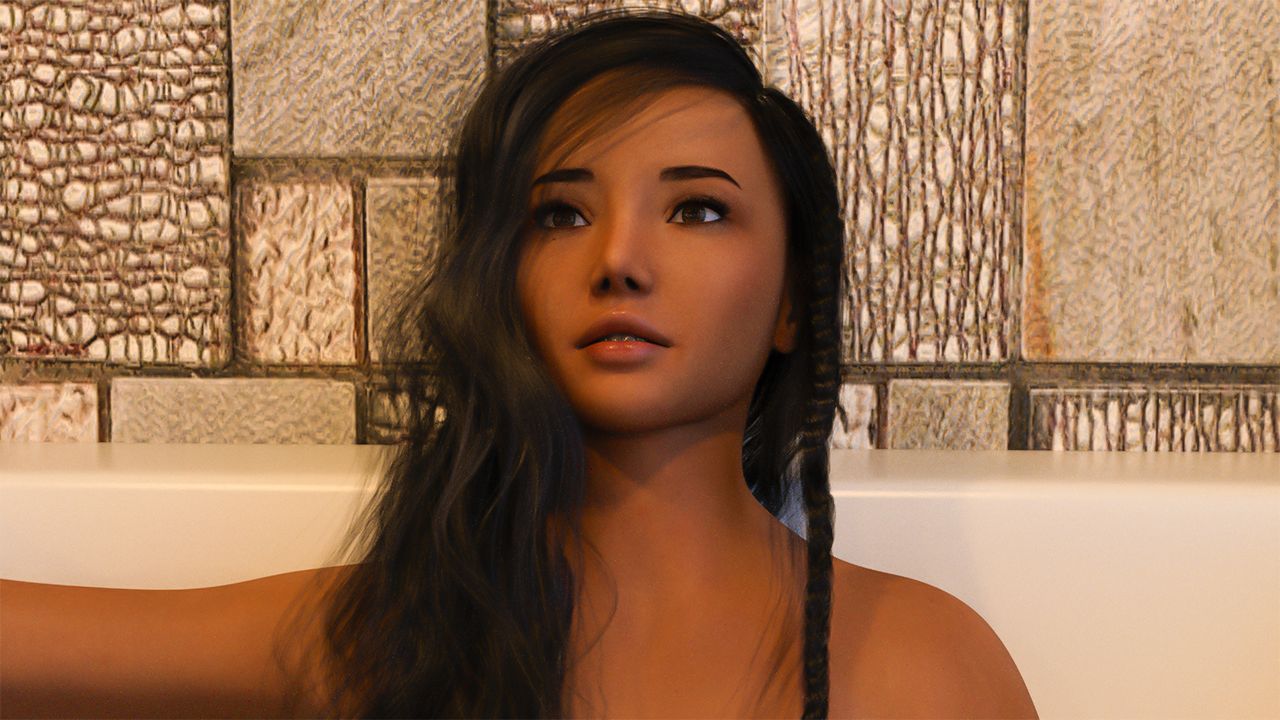

the sender’s name, their profile image, and a timestamp). It is common practice for each message to contain something like the above (i.e. Use a separate XML file to define the layout of each item (i.e., message) for the RecyclerView. In this RelativeLayout, you can also add icons to support adding videos/images. These will respectively be how users will input text, and send it. The last thing we will add is a RelativeLayout which will hold the “EditText”, and “Send” buttons. We won’t do much with this right now, but generally, you can add a “Back” button, an “About” button, or info about the channel here. You’ll note that there is also an AppBarLayout with a ToolBar.

The primary component in this activity is a RecyclerView which will fill up the majority of the screen. So, the first thing we will do is create activity_channel.xml. In this tutorial, we’ll create a dedicated activity to host our messages.


 0 kommentar(er)
0 kommentar(er)
